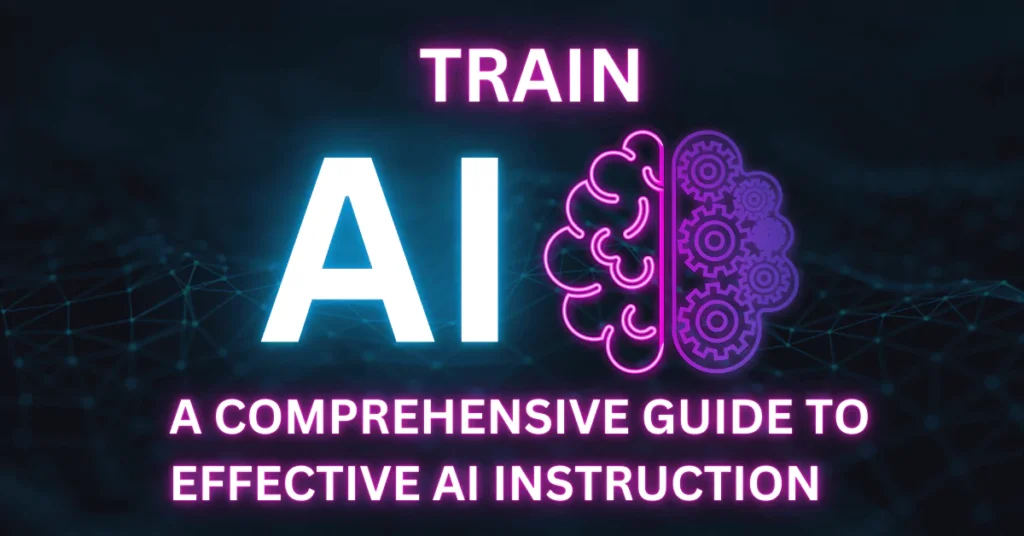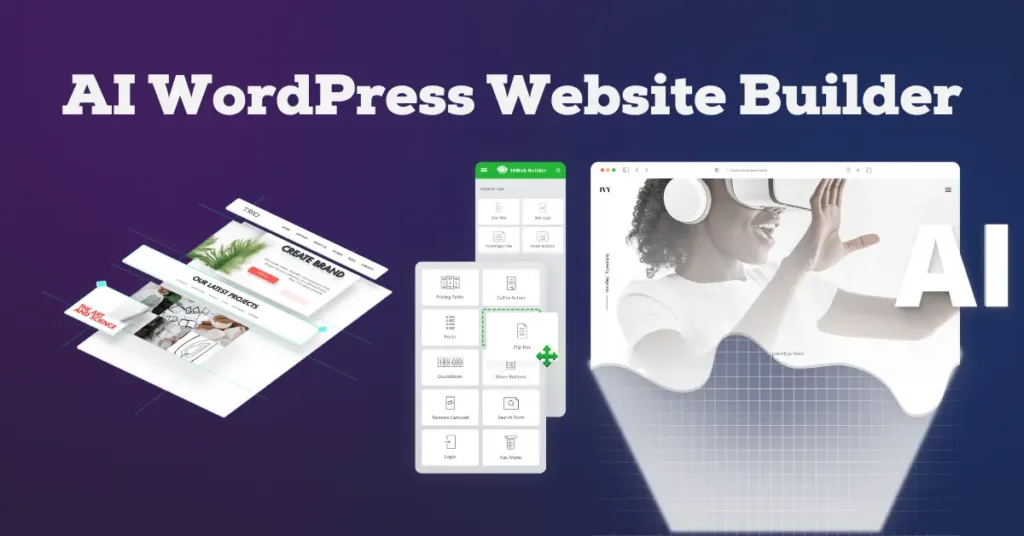Are you struggling to get the right outputs from AI systems? You’re not alone. Many professionals find themselves frustrated when AI doesn’t quite understand their instructions. Let’s dive into the essential steps that will help you train AI effectively.

Table of Contents
Understanding the Foundation: The Problem Space
Every successful AI training journey begins with understanding what you’re up against. AI systems, while powerful, aren’t mind readers – they’re pattern recognizers that need clear guidance.
Limitations You Should Know When Train AI
- Can’t inherently understand context without explicit information
- May miss nuanced instructions if not clearly stated
- Requires specific, structured input for optimal performance
Breaking Through Common Misunderstandings
Many believe AI can automatically understand complex intentions. The truth? It’s more like teaching a brilliant but literal-minded student. You need to be explicit, clear, and systematic.
Pro Tip: Before starting, write down exactly what you want the AI to achieve. This clarity will guide your entire training process.
The Data Organization Blueprint
Success in AI training hinges on your data quality and organization. Think of it as preparing ingredients before cooking a gourmet meal.
Smart Data Selection
- Identify relevant data sources that align with your goals
- Filter out noise and irrelevant information
- Ensure data is representative of your intended use case
Structuring Your Data
Good data structure leads to better AI understanding:
- Create clear categories and labels
- Maintain consistent formatting
- Document relationships between different data points
Key Point: Quality beats quantity. Well-structured, relevant data will outperform large amounts of messy data every time.
Mastering the Art of Prompt Writing
Your prompts are the bridge between your intentions and AI’s understanding. Let’s make them count.
Effective Prompt Techniques
- Start with clear objectives
- Use specific, actionable language
- Include context and constraints
- Break complex tasks into smaller steps
Examples in Action
✅ Good Prompt: “Generate a 500-word blog post about renewable energy, focusing on solar power. Include three main benefits and two challenges. Use data from the last five years.”
❌ Poor Prompt: “Write about green energy and make it good.”
The Refinement Process
Success comes through iteration. Here’s how to polish your approach:
Testing Protocol Essentials
- Start with small-scale tests
- Document each variation
- Track success metrics consistently
Response Analysis Framework
Monitor these key aspects:
- Accuracy of outputs
- Adherence to instructions
- Consistency across similar prompts
- Edge case handling
Bringing It All Together
Remember, training AI is an iterative process. Each attempt provides valuable insights for improvement. Stay patient and systematic in your approach.
Key Takeaways
- Start with clear problem definition
- Organize data methodically
- Write specific, detailed prompts
- Test and refine systematically
- Document your learning process
Next Steps
Ready to start training your AI? Begin with a small, well-defined project. Apply these principles and adjust based on results. Remember, even experts went through this learning curve.
What challenges are you facing in your AI training journey? Start with the basics and build up gradually. The results will speak for themselves.


